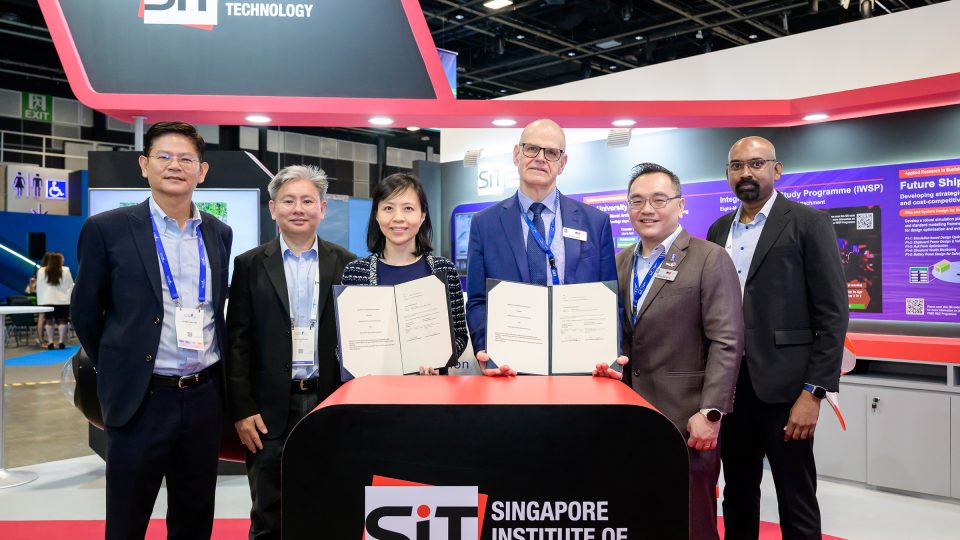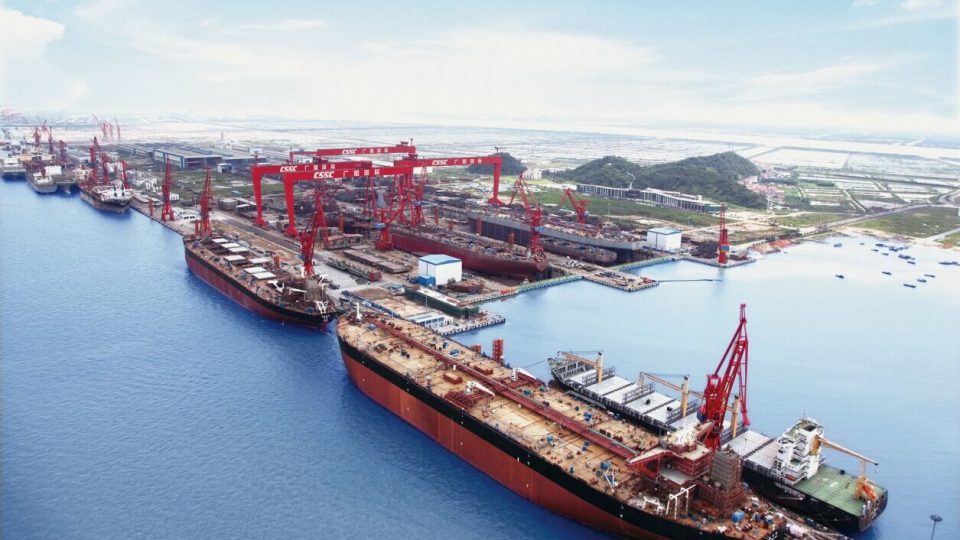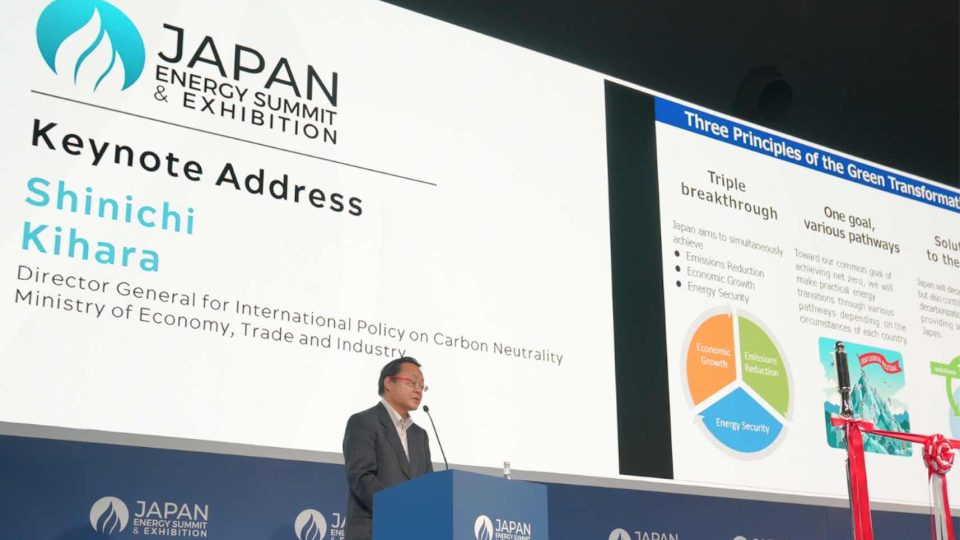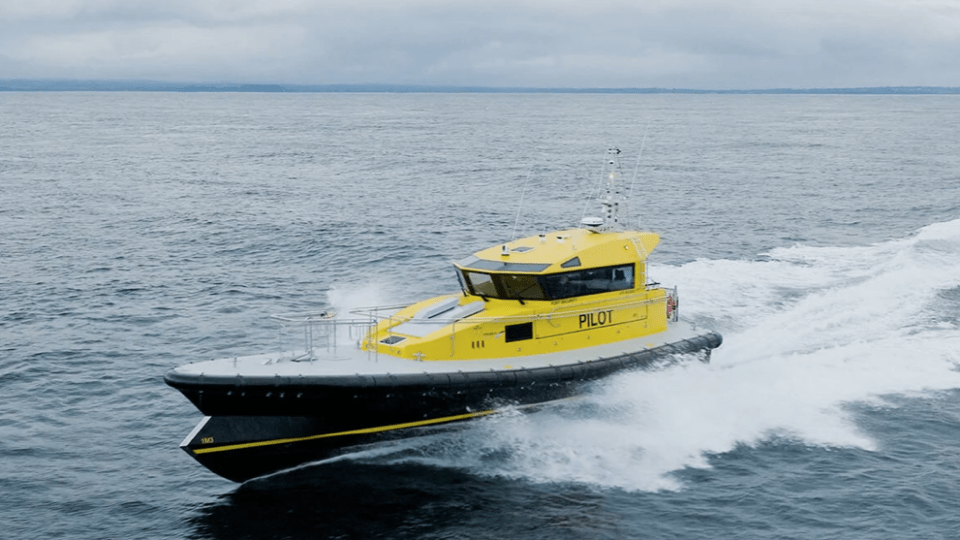Scania and Tuxedo Yachting House: the V8 charme
Shaping an aluminum hull is a far from trivial operation. Yet it gives uniqueness, sustainability in terms of process, cutting parasitic costs and recyclability of materials. Francesco Ceccarelli, managing director of Tuxedo explained it to us and also told us about the genesis of the choice of the Scania V8 as the “genius in the lamp” of the propulsion set-up
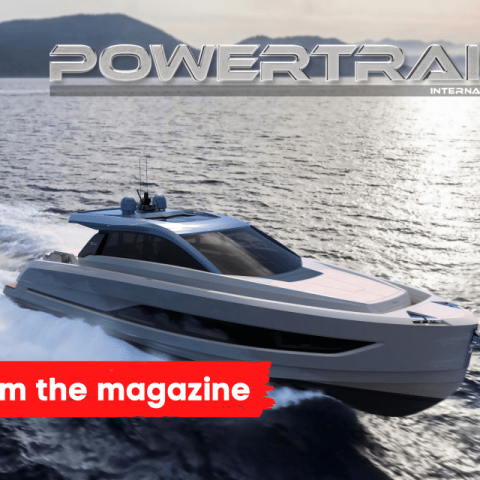
The Next Generation DC13 is soon to hit the boating sector. For the time being, let’s steer onto the V8, chosen by Tuxedo for a special project. That we heard more about from Francesco Ceccarelli, founder and managing director at Tuxedo Yachting House.
“The embryo of Tuxedo 54, a 16.75-m boat, clearly indicated that sleek design is matched to a sporty soul. In the aftermath of Covid, there’s a set of parameters to consider when choosing an engine: hassle-free installation, easy maintenance, an accessible engine room, global and reliable services, and the ability to meet the delivery deadline. Lastly, mechanical and combustion efficiency. What impressed us about the 1000 HP V8? Scania’s philosophy of continuously improving the V8, and with the utmost professionality. Which translated into an engine that – starting from its extremely rational design – guarantees high torque and power performances already at low revs. Moreover, thinking of a global market, choosing Scania just came natural to us as we could count on an extensive service network rooted in their truck assistance activities. On a luxury yacht, the engine room has to fit in without compromising the living area, so you do not want to be forced to stuff the machine compartment with bulky equipment to ensure compliance with project specifications. With a max speed of 40 knots and a cruising speed of 35, combined with a 22-tonne displacement the Tuxedo 15.88 project is extremely challenging in terms of engineering and space management requirements. The V-drive inverter coupling scheme is a solution that allows to reduce volumes upon installation (it has to be remembered connection with the propeller shaft is below the engine and not astern) but is also linked to simple mechanics and their intrinsic safety as well as to reduced overall maintenance along the unit’s entire life. These features are key to us and speak to the “sustainability” of the project. We took them into account so as to allow future shipowners not to worry about maintenance thanks to the fact many components just don’t need it or have extended service intervals.
Another theme we considered in design is the green transition. Our intent was ensuring the right trade-off between ecological sustainability and reliability, considering the current technologies. The diesel by Scania was the one that best reflected our idea of reliability for a number of reasons: it passed all emission tests thanks, among others, to a proprietary common rail that’s been honed over thousands of hours of testing. It reached a 50% thermal efficiency thanks to studies on metals and heat treatments used for the alloys the components are made of (first and foremost, the combustion chamber). A key feature of this engine is the torque it can deliver at low revs – we’re talking about almost 4000 Nm at 1600 rpm) which translates into less energy and less fuel spent to get the propulsive power.”
What can you tell us about your prospects for hybridization?
“As far as we can see, the diesel-electric solutions (that we are also developing for future projects) are not mature enough to be a strong alternative. This happens because of the impact of battery production and the longstanding dilemma of using lithium in consideration of its installation, usage, hazardousness, and end of life. These are elements that make this option currently little beneficial and sustainable including with a view to the work stoppages leisure boating is subject to. The introduction of synthetic fuels (or biodiesel) is, therefore, the most rational option in the near future. In addition, with reference to what I said about batteries, charging at ports has to be factored in, too: grid-wise, this is going to be a big hurdle both in terms of energy generation and distribution.”
TO READ THE FULL ARTICLE, CLICK HERE OR DOWNLOAD THE PDF




